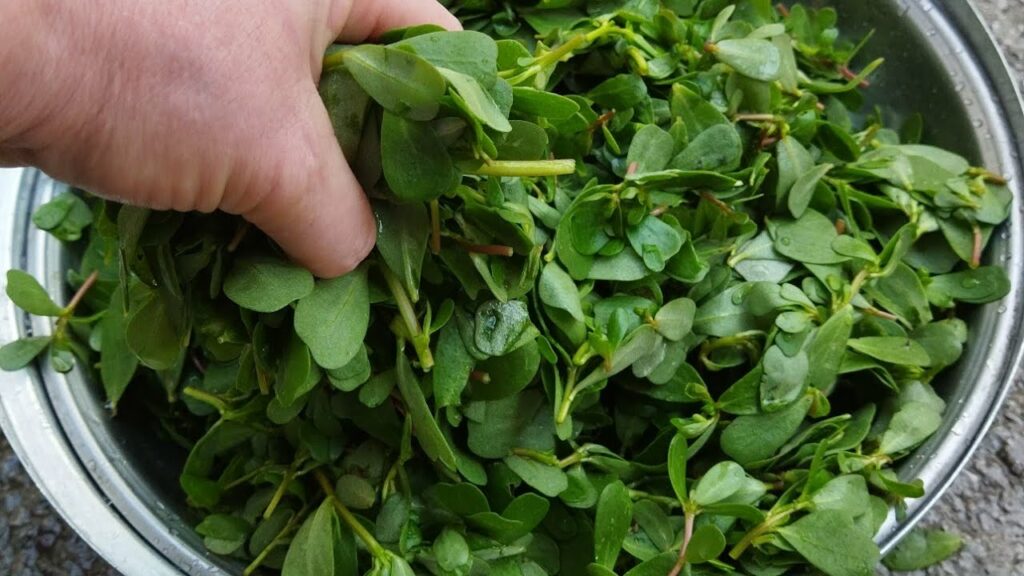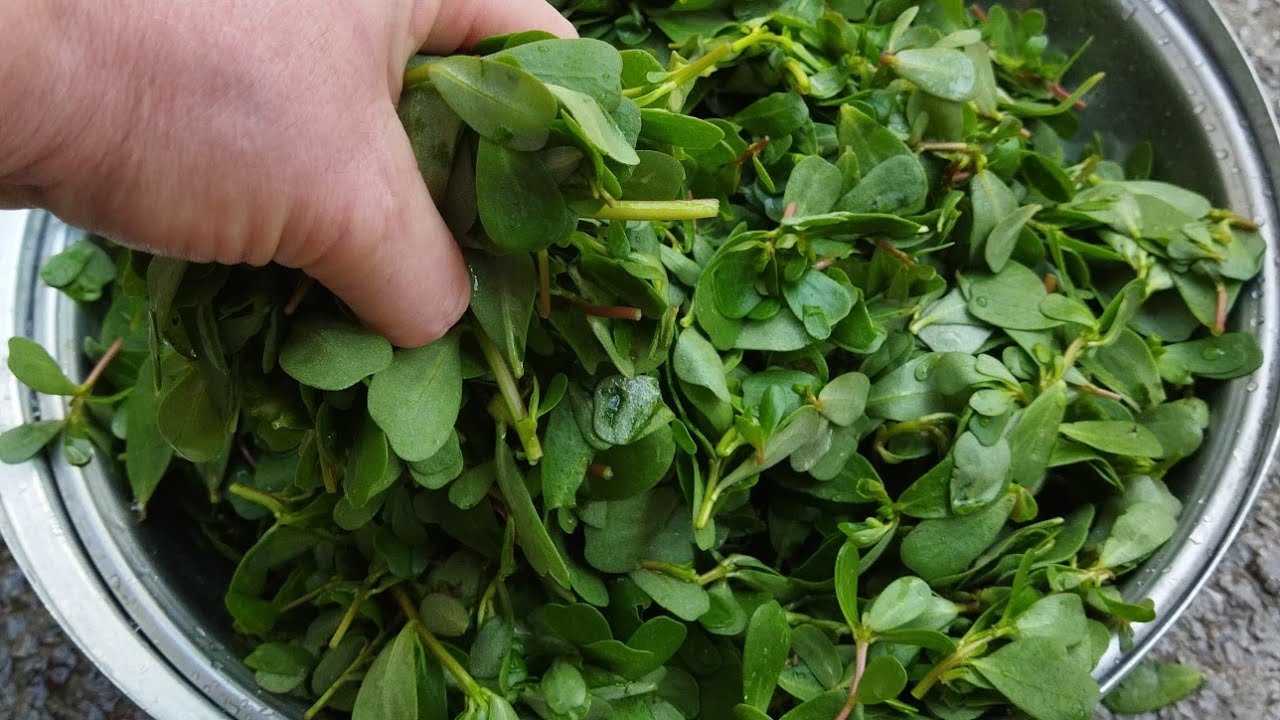
Purslane, with its succulent leaves and mild, slightly lemony flavor, is more than just a garden weed—it’s a nutrient-rich superfood. If you enjoy this versatile green during the summer, you might be wondering how you can continue to enjoy it even in the colder months. Storing purslane properly allows you to extend its shelf life and enjoy its health benefits all winter long. Here’s how you can store purslane effectively to maintain its freshness and nutritional value.
Why Store Purslane?
Purslane is packed with omega-3 fatty acids, antioxidants, and vitamins A, C, and E, making it a valuable addition to any diet. However, like many fresh greens, its shelf life can be short. By storing it correctly, you can enjoy purslane throughout the winter when fresh greens might be less available or more expensive.
Preparing Purslane for Storage:
1. Harvesting
-
Pick the purslane early in the morning when it’s freshest. Choose healthy, mature stems and leave behind any wilted or discolored parts.
2. Cleaning
-
Gently wash the purslane in cold water to remove any dirt or insects. Be careful not to bruise the leaves.
3. Drying
-
After washing, lay the purslane out on a clean kitchen towel or paper towels and gently pat it dry. Removing excess moisture is crucial to prevent mold and rot during storage.
Methods of Storing Purslane:
1. Refrigeration
-
Short-Term Storage: For use within a week, wrap the dried purslane loosely in a paper towel, then place it in a plastic bag or storage container. Store it in the vegetable drawer of your refrigerator.
-
Long-Term Storage: Blanch the purslane by boiling it for two minutes and then plunging it into ice water. Dry it thoroughly, pack it in airtight containers or freezer bags, and freeze. Blanching helps to preserve its color, texture, and nutritional value.
2. Freezing
-
Purslane can be frozen without blanching if you plan to use it in cooked dishes. Chop the cleaned and dried leaves, pack them in airtight containers, and freeze. Frozen purslane is perfect for adding to soups, stews, and casseroles.
3. Drying
-
Dry purslane in a food dehydrator or an oven set to the lowest temperature. Once completely dry, store it in an airtight container in a cool, dark place. Dried purslane can be used as a seasoning or rehydrated in water.
Conclusion
With these simple storage techniques, you can enjoy the health benefits of purslane all year round. Whether you choose to refrigerate, freeze, or dry it, purslane can be a delightful addition to your winter meals, providing a taste of summer’s freshness even in the colder months.




